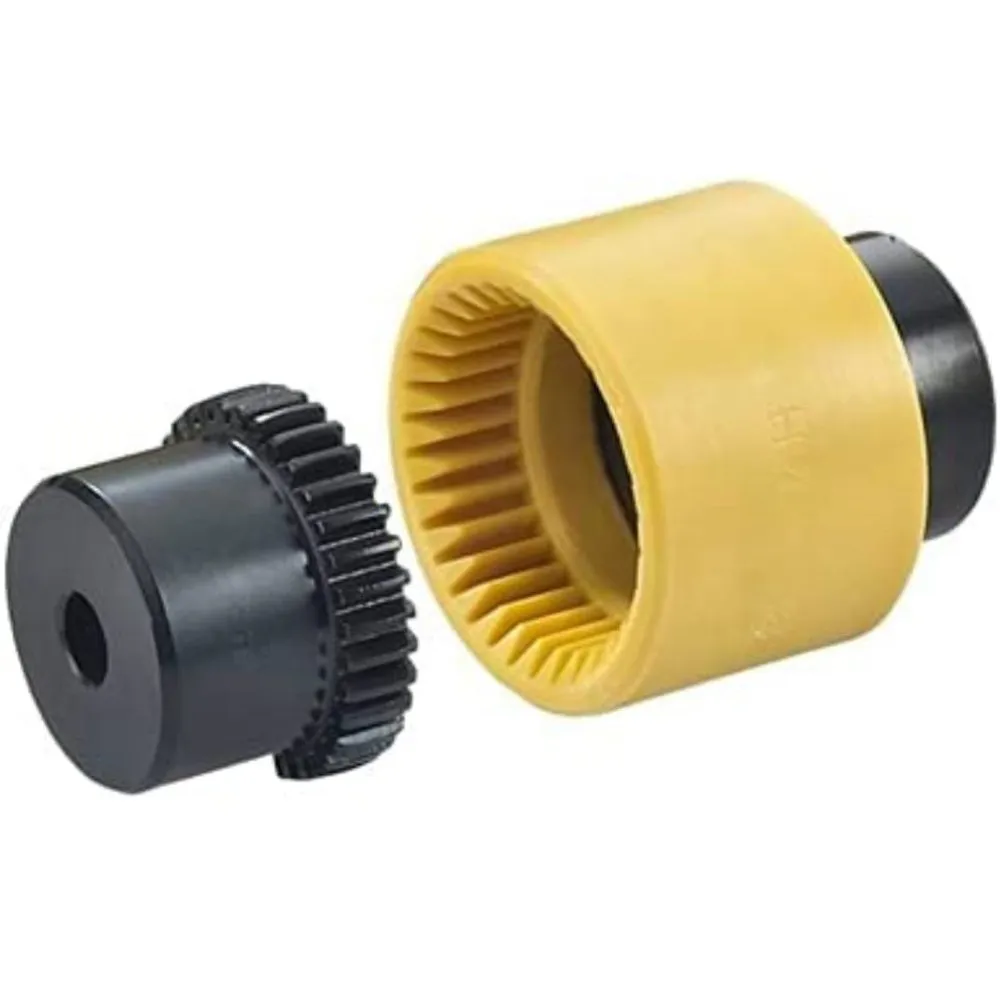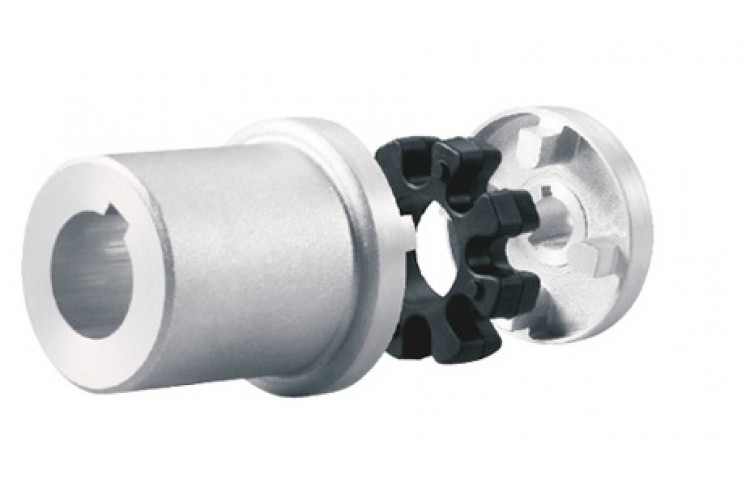Product Description
Hydraulic Pump Drive Coupling Excavator Coupler Element 2042069 15 4
Basic information:
| Centaflex | A/AS-Series |
| Applicable Industries | Machinery Repair Shops, Construction Works |
| Selling Units | Single Item |
| HS Code | 8483600090 |
| Feature | Oil Resistance |
| Local Service Location | None |
| Availability | Stock |
| Advantage | High Quality |
| Structure | H/A/Bowex/Gear |
Product show as below:
About us:
specialized in:
couplings, rubber mounts, gera parts, hydraulic seals and seal kits for hydraulic hammers, rock breakers, hydraulic excavators,wheel loaders, and JCB badkhoe loaders.
And, Our company also supply:
Engine parts, hydraulic piston pump and hydraulic travel motor, Swing motor assembly and hydraulic component parts, electric parts, etc. Hydraulic hammer breaker parts with piston, cylinder, chisel, through bolt, side bolt, top bush, front head bushing,accumlator, valve, etc.
We always try our best for all our customers and make it better and better. Welcome!
FAQ

Explaining the Concept of Backlash and How It Affects Drive Coupling Performance
Backlash is a mechanical phenomenon that refers to the amount of free movement or play between the mating components of a drive system. In the context of drive couplings, backlash is the angular or linear displacement that occurs when there is a change in direction or a reversal of motion. It is mainly a result of clearances between the coupling’s mating elements.
The presence of backlash can have both positive and negative effects on drive coupling performance:
- Negative Effects of Backlash:
- Reduced Accuracy: Backlash can introduce inaccuracies in position control systems, especially in applications requiring precise positioning. The free movement between the coupling elements can result in a delay in response when the direction of rotation changes, leading to positioning errors.
- Vibration and Noise: Backlash can cause vibration and noise during operation, especially in systems with frequent changes in direction or load. The impact and collision of the mating elements can generate noise and contribute to mechanical wear.
- Increased Wear: In systems with significant backlash, the constant impact between the mating components can accelerate wear and reduce the lifespan of the coupling and other connected machinery.
- Positive Effects of Backlash:
- Shock Absorption: In certain applications, a controlled amount of backlash can act as a shock absorber, dampening sudden impact loads and reducing stress on the system during abrupt changes in motion.
- Misalignment Compensation: Backlash can compensate for minor misalignments between shafts, reducing the risk of damage and excessive load on the coupling and connected components.
- Thermal Expansion Compensation: Backlash can help accommodate thermal expansion and contraction of the components, allowing the coupling to function effectively even as the temperature changes.
The appropriate amount of backlash depends on the specific application and the coupling type. In some cases, minimizing backlash is essential for precision and accuracy, while in others, a controlled amount of backlash can be beneficial for shock absorption and misalignment compensation.
It’s crucial to consider the effects of backlash when selecting a drive coupling and designing a power transmission system. Manufacturers often provide information on the level of backlash in their coupling designs, enabling users to make informed decisions based on their application’s requirements.

Can Drive Couplings Compensate for Misalignments in Shafts?
Yes, drive couplings are designed to compensate for certain degrees of misalignment between shafts in mechanical power transmission systems. The ability of a coupling to accommodate misalignments depends on its type and design. Here are the common types of misalignments and the corresponding coupling types that can handle them:
- Parallel Misalignment: This type of misalignment occurs when the axes of the two shafts are parallel but not perfectly aligned. Elastomeric couplings, such as jaw couplings and tire couplings, are commonly used to handle parallel misalignment. These couplings have flexible elements that can offset slight parallel offsets between the shafts.
- Angular Misalignment: Angular misalignment refers to the situation where the axes of the two shafts are not collinear and form an angle. Flexible couplings like beam couplings and Oldham couplings are effective in accommodating angular misalignment. They have a design that allows for relative movement between the shafts while transmitting torque.
- Radial Misalignment: Radial misalignment occurs when there is a gap between the axes of the two shafts. Flexible couplings with multiple elements, such as disc couplings and grid couplings, can handle radial misalignment to some extent. These couplings use flexible components to allow relative movement between the shafts.
- Combination Misalignment: Some couplings, like universal joint couplings and double loop couplings, are designed to compensate for multiple types of misalignments simultaneously. These couplings are suitable for applications where complex misalignments exist.
It’s important to note that while drive couplings can compensate for certain degrees of misalignment, they have their limitations. Excessive misalignment or misalignments beyond their design capabilities can lead to premature wear, reduced coupling life, and decreased efficiency in power transmission. Proper alignment during installation is still essential to ensure the longevity and optimal performance of the coupling and the entire power transmission system.
When selecting a drive coupling for an application with misalignment concerns, it is crucial to consider the type and magnitude of misalignment expected and choose a coupling that can handle it effectively while still meeting other performance requirements.

How to Diagnose and Fix Common Problems with Drive Couplings?
Drive couplings, like any mechanical component, can experience issues over time. Diagnosing and fixing these problems promptly is essential to ensure the proper functioning of the power transmission system and prevent further damage. Here’s a step-by-step guide to diagnose and fix common problems with drive couplings:
- Visual Inspection: Start by visually inspecting the drive coupling and surrounding components. Look for signs of wear, cracks, or damage in the coupling’s flexible elements, bolts, and connections.
- Check for Misalignment: Misalignment is a common cause of drive coupling problems. Use alignment tools to check if the shafts connected by the coupling are properly aligned. Misalignment can lead to premature wear and vibration issues.
- Listen for Unusual Noises: Unusual noises like clunking, rattling, or grinding may indicate problems with the drive coupling. Pay attention to any sounds while the vehicle is in motion.
- Inspect for Fluid Leaks: Check for any transmission fluid leaks around the drive coupling area. Fluid leaks can lead to insufficient lubrication and cause further damage.
- Test for Slippage: Slippage can occur if the drive coupling is not securely transmitting power. Perform tests to see if the transmission slips out of gear or has difficulty engaging.
- Monitor Power Loss: If the vehicle experiences power loss or reduced acceleration, it may be due to a faulty drive coupling. Monitor the engine’s performance and power delivery.
- Inspect Bolts and Fasteners: Loose or worn bolts and fasteners can lead to coupling problems. Check and tighten all connections as needed.
- Examine Torsional Flexibility: For flexible drive couplings, assess the torsional flexibility to ensure it can accommodate torque fluctuations and prevent damage from torque spikes.
- Replace Damaged Coupling: If you find any issues with the drive coupling during inspection, replace the damaged coupling with a new one that matches the required specifications.
- Realign Shafts: If misalignment is detected, realign the shafts to the manufacturer’s recommended tolerances. Proper alignment will help prevent future problems.
- Lubricate as Needed: Some drive couplings require periodic lubrication. Ensure that the coupling is adequately lubricated as per the manufacturer’s guidelines.
- Perform Test Runs: After fixing the drive coupling or making adjustments, perform test runs to ensure that the transmission functions smoothly and there are no unusual noises or vibrations.
It’s essential to follow the manufacturer’s guidelines and maintenance schedules for the specific drive coupling used in your vehicle. Regular maintenance and inspections can help identify and address potential problems early, preventing costly repairs and ensuring the longevity of the power transmission system.


editor by CX 2023-08-29
